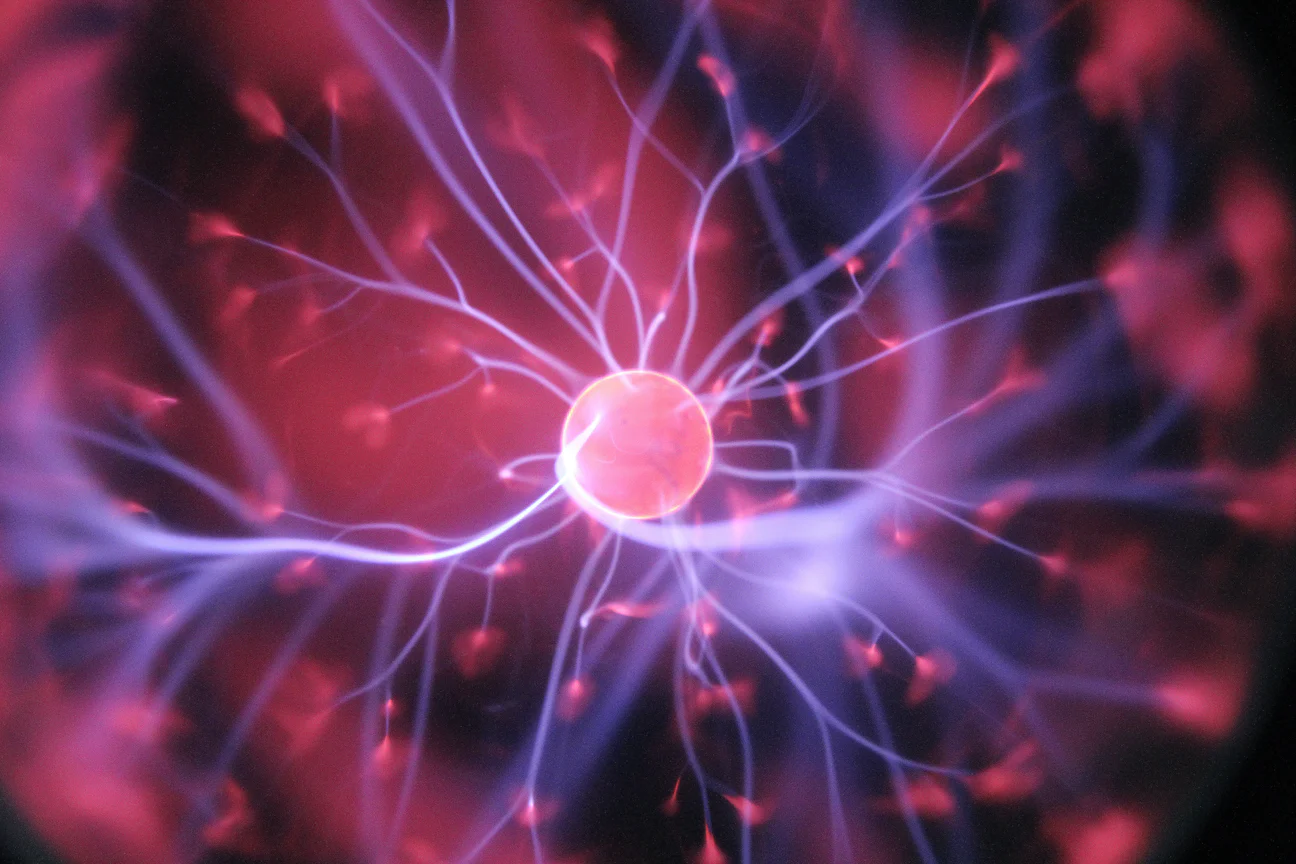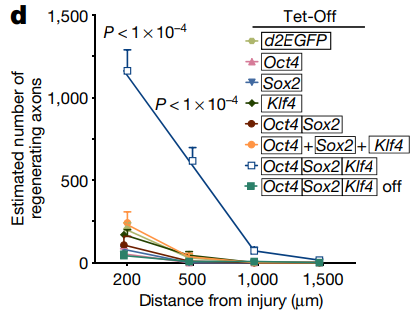
For the first time, American biologists forced retinal neurons damaged by glaucoma to regenerate . The achievement took place in part due to biological "reprogramming". Viral vectors with genes for Yamanaka factors were injected into the eyes of mice with injured eyes. As a result, the neurons regained their efficiency. A similar result was achieved in elderly rodents.
Aging is an irreversible process, it leads first to tissue dysfunctions, and then to their death. Over time, our central nervous system loses its ability to recover, at the same time, the number of stem cells in the human body decreases.
A specific area of the eyeball, which contains rods, cones, as well as neurons and synapses, is the retina. It is located on the inside of the back of the eyeball. Its neurons and synapses transmit light information from the eyes to our brain. Damage to the retina causes loss of vision. Previously, it was believed that this tissue is not capable of recovery. It turns out that everything is not so simple, there is hope.
Control over cells
To understand how scientists from Harvard Medical School managed to force the retina to recover, let's look at the concept of "biological age."

Both old and new cells contain many epigenetic markers - methyl labels on DNA and histone proteins . The set of DNA tags can be used to measure the biological age, which is also called the epigenetic clock .
If scientists knew how to reduce the biological age of cells, they would in fact have invented immortality. There are no such shocking statements yet. On the other hand, a few years ago the method of “zeroing” the epigenetic age became known. It was discovered by the Japanese scientist Shinya Yamanaka (山 中 伸 弥), for which he receivedNobel Prize. The method consists in the fact that 4 Yamanaki factors (named after the scientist) or transcription factors are introduced into the cells. Thanks to this procedure, cells become stem cells, similar to cells in the early stages of embryogenesis. Along with the cells, age is also reset. This revolutionary method cannot be applied to the entire human body or large tissue masses. However, it can be used locally and for a specified time, causing controlled cell reprogramming . This procedure has long been tested in modified mice.
In the case of vision, American scientists have also turned to experimental rodents. Experts have developed a specialized vector called "adenoviral". Its task is to deliver three of the four factors of Yamanaka to the cells. The fourth was recognized as the most dangerous, capable of causing malignant tumors, so they decided to abandon it. The main thing is that the factors are delivered in a targeted manner, and not simply introduced into the body. Vectors are activated only by a special substance - doxycycline . Scientists can stop or start the work of factors in a simple way - add this substance to drinking water for rodents.
How did the experiment go?
At the first stage, scientists were convinced of the safety of the method for mice: they introduced the vector to individuals of different ages. They observed how young five-month-old and elderly twenty-month-old mice behave when the vector is activated. There have been no significant changes.

At the next stage, scientists tested the effect of vectors on the ganglion cells of the retina, which serve as conductors of nerve impulses from the eyes to the brain. A feature of these cells is the ability to regenerate and grow new axons in embryos and newborns. These properties are lost with age. Therefore, with glaucoma, the optic nerve atrophies.

. Viral vectors were injected into the eyes of the mice. Having given them doxycycline, they started the action. After that, the optic nerve was damaged. And then a dye was injected in order to mark the growing axons . As a result, depending on the number of factors (1, 2, or all 3) axons, a different number grew. The combination of all three factors gave the maximum growth. The result was seen in both younger and more mature individuals. In theory (in vitro), a similar result would be for human neurons.
Further, scientists were convinced of the action of the approach in two cases: with damage to the optic nerve as a result of trauma and with age-related drop in visual acuity.
In mice with injured eyes, glaucoma was artificially induced by increasing ocular pressure by injecting microbeads. After that, factors were injected and activated for a month. Measurements showed that in the end it was possible to restore about 50% of the lost vision.
Strikingly, in the case of older mice, visual acuity almost returned to that of young individuals. Scientists believe that, in theory, it will work for humans as well.
Scientists have already made a statement about the ability of the retina to recover a few months ago. Then researchers from Johns Hopkins University said that her tissues can regenerate. They found that, in general, mammals have the potential to regenerate individual tissues, but evolutionary pressure turned it off. They believe the shutdown was due to a struggle between CNS regeneration and parasite resistance. However, the process can be influenced by activating the right genes.
